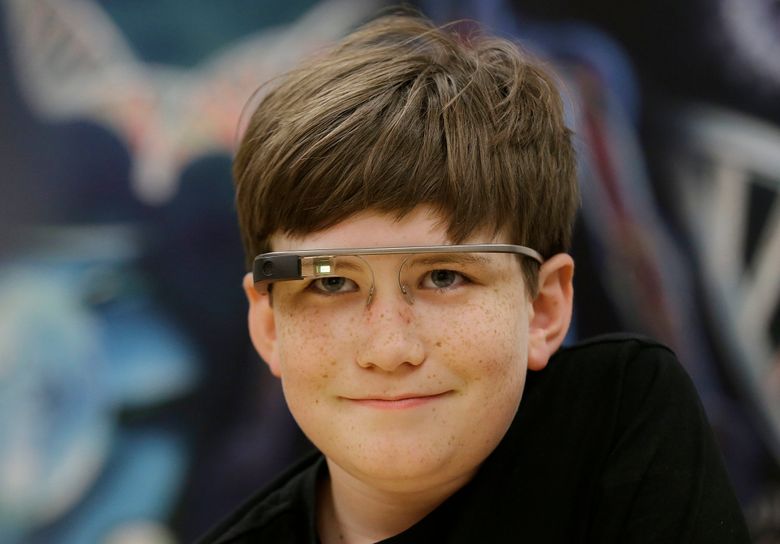Researchers at the University of Stanford have been developing an app that runs in Google Glass, that could allow autistic children have a better understanding of emotions.
About 100 of children with autism are currently participating in the study, which aims to find out if those with the therapy can improve their ability to interpret facial expression and improve their social engagement, as reported by the Associated Press.

“The autism glass program is meant to teach children with autism how to understand what a face is telling them. And we believe that when that happens they will become more socially engaged,” said Dennis Wall, director of the Stanford School of Medicine’s Wall Lab.
The glasses, a computerized headset with a front-facing camera and a tiny display just above the right eye, identity through a facial recognition software the emotion that a person in front of the children is having. Once detected, the device shows a word of the identified emotion to the children.
By the use of this technology, the therapy could replace one-and-one procedures than can be time consuming and expensive. The traditional treatment involves a physician using cards to teach the children to identify the emotions, which can take longer than the new approach.
The technology was developed by Catalin Voss and Nick Haber. They modified the device to track faces and detect emotions using a broad range of people and setting to reach a useful result for the glasses.
“We had the idea of basically creating a behavioral aide that would recognize the expressions and faces for you and then give you social cues according to those,” Voss commented, who was inspired by a case of autism within the family.
Google is not directly involved in the study. The Silicon Valley company provided nearly 35 Google Glass devices to the researchers, but this has been the only involvement with the study or the results.
Stanford is not the only university interested in developing Google Glass applications for children with autism. Brain Power, a Cambridge Mass-based startup, is also involved in research with the Google Glass and the improvement in social skill in the children.
Visible improvement
One of the children participating in the study was Julian Brown, who has trouble reading emotions in people faces, a typical challenge to people with autism. The 10-year-old have been using the autism glass in three 20-minute sessions each day, since the beginning of the study. In the therapies, the boy interacts with his family members with the help of the device, by playing games or eating meals, while the glasses read and analyze the family.
According to Brown, there is not a machine that can read his mind, but the Google Glass helps him to recognize the emotions. The program runs on a smartphone and keeps a record of each session to further analysis.
Brown’s family members have been commenting on the changes since the new therapy began. According to them, the boy now socializes more with other people, a thing that was not seen before.
Kristen Brown, Julian’s mother, commented that the glasses may be a positive way to encourage a kid to look someone else in the face. She said that the technology would help autistic people “a lot.”

Glasses and wearable technology are the future
The new technology and its medical uses have been welcomed by Autism advocates, who show their excitement due to some developers can help the estimated one in 68 American children diagnosed with autism spectrum disorder.
According to Robert Ring, chief science officer at Autism Speaks, glasses and wearable technology are the future. They are going to play a pivotal role in how people understand, manage and diagnose disorders such as autism, he added.
The results of the Stanford study, if positive, could become commercially available for the people in need of it within a couple of years, Wall commented. Kids with autism are not getting enough of the care that need, for as long as they needed it, and the problem needs to be fixed, he said.
“Anything that can help this population is very welcome and very important, but even the best technology will never be enough because we are dealing with a population with often very, very profound needs,” said Jill Escher, president of Autism Society San Francisco Bay Area.
The autism spectrum disorder is a developmental disability that can cause significant social, communication and behavioral challenges, according to the U.S. Centers for Disease Control and Prevention.
Learning, thinking and problem-solving abilities of people with autism can range from gifted to severely challenged. These behaviors are difficult to spot, and some of the affected often need help in their daily activities.
It diagnosis can be difficult due to there is no clear medical test, such as a blood test, to make the definitive diagnosis. The doctor tends to look at the child’s behavior and development to make a diagnosis.
Source: The Seattle Times
